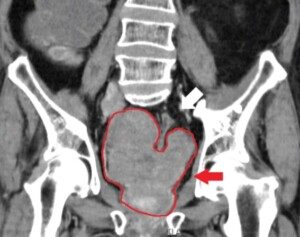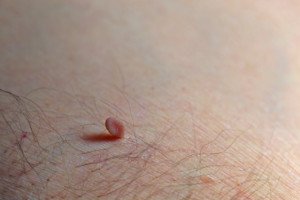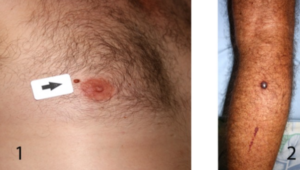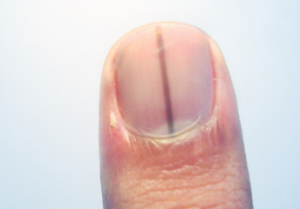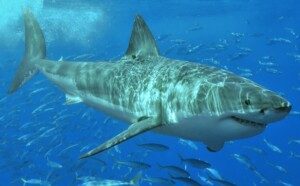Across nearly every corner of the globe and throughout history, women tend to outlive men.
Even with modern medicine and better living standards narrowing the gap in some places, new research suggests this difference is deeply rooted in evolution and isn’t likely to go away anytime soon.
Interestingly, similar patterns appear in many animal species, hinting that longevity differences go far beyond human society.
A team from the Max Planck Institute for Evolutionary Anthropology in Leipzig, along with 15 collaborators worldwide, carried out the biggest and most detailed analysis of male and female lifespan differences in mammals and birds.
Why is aging different for men and women?
In most mammal species, females tend to live longer. Female baboons and gorillas, for example, often outlive their male counterparts.
But the story flips in other animal groups. In many birds, reptiles and insects, males are the longer-lived sex.
One explanation, called the heterogametic sex hypothesis, links these differences to sex chromosomes.
Looking at data from more than 1,176 species in zoos worldwide, the researchers found a clear pattern.
About 72 percent of mammals showed longer-lived females, averaging a 12 percent advantage.
In birds, 68 percent had longer-lived males, with about a 5 percent edge.
But it’s not a hard rule. Some species showed the opposite. In many birds of prey, females are both bigger and longer-lived than males. So chromosomes aren’t the whole story.
Reproduction strategies also matter. In species where males compete fiercely for mates, they often develop flashy traits or larger bodies to improve reproductive success, but these can shorten their lives.
The study found that in polygamous mammals, males usually die sooner than females.
Birds, which are often monogamous, tend to show smaller lifespan differences, and sometimes males live longer.
Parental care is another factor. The sex that invests more in raising offspring, usually females in mammals, often lives longer.
In long-lived species like primates, this is advantageous because females survive long enough to see their offspring reach independence.
Environmental threats like predators and harsh conditions can widen the lifespan gap.
But even in zoos, where these risks are minimal, differences remained.
Captivity reduced gaps but didn’t erase them, much like how better healthcare narrows but doesn’t remove the difference between men and women.
Overall, the study shows that male-female lifespan differences are deeply rooted in evolution.
Genetics, sexual selection and parental care all shape longevity, while the environment adjusts the gap but can’t erase it.
These differences aren’t just circumstantial — they’re part of our evolutionary legacy and likely here to stay.
![]()














